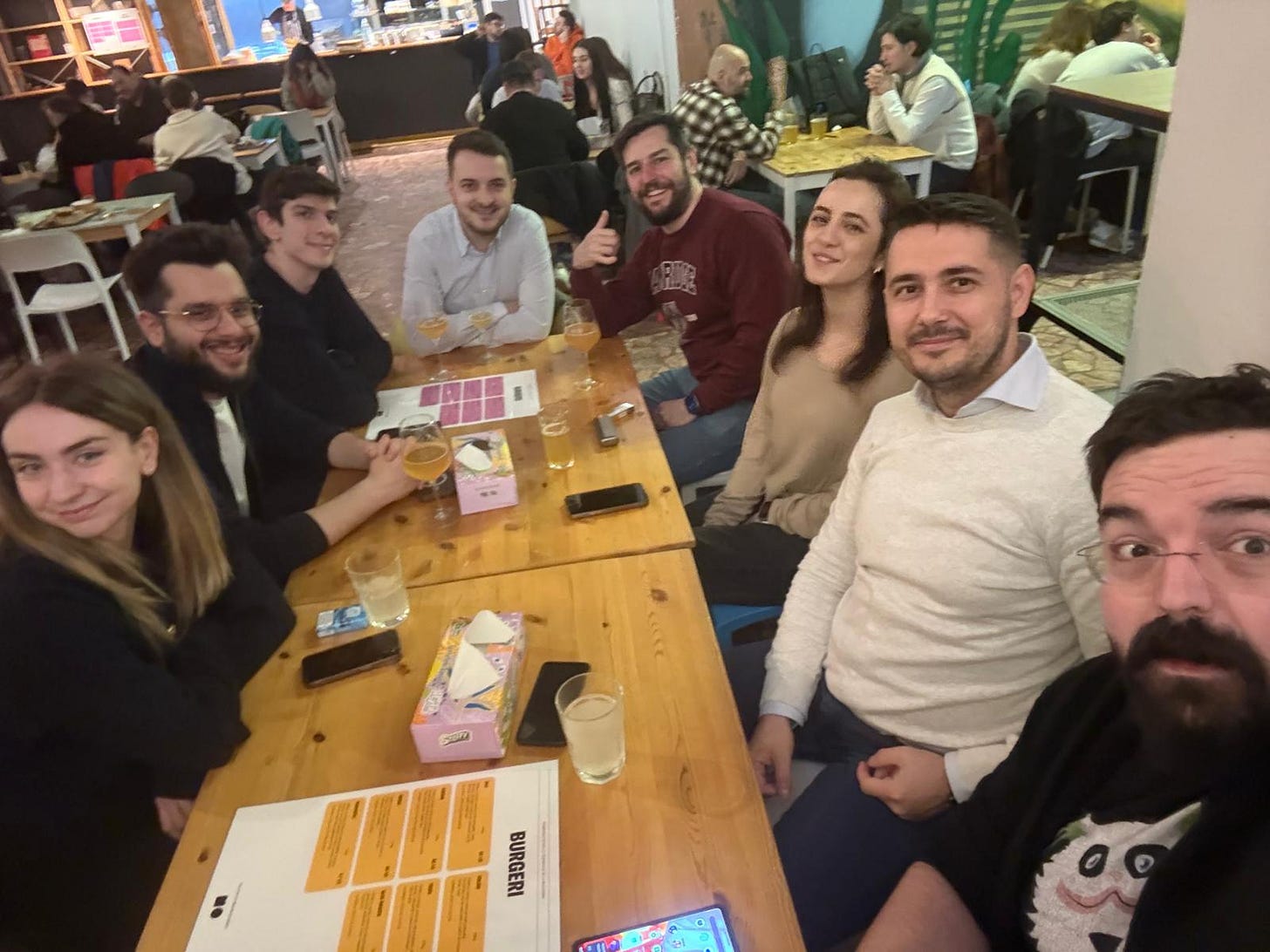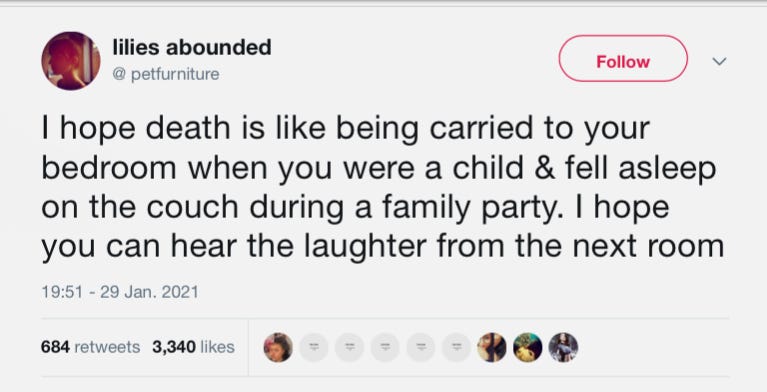#98: How to Make Decisions When You Don't Have All the Data
Why Uncertainty is Inevitable (and How to Handle It)
👋 Hey, Leo here! Welcome to The Antifragile Leader. Each week, I explain the concepts needed to lead through uncertainty. Subscribe to get every issue in your inbox.
Hey Friends,
Welcome to the 97th edition of my newsletter.
1. Personal Update
I can’t believe I’m close to my 100th newsletter; I need to think about something to make it special.
Had classes last week, "Leadership and Organizational Behavior,” the first part, and I can’t believe my MBA is going to end soon, too. I only have a couple of classes left and the final paper. Regarding the final paper, I’ll probably change my subject, as I want it to be more connected to the things I am passionate about (and not the things that I think will benefit my career). After all, we need to follow our passion, right? :)
As I’ve received complaints that I didn’t post more photos of Zeno, I hope this will satisfy his fans :P




I went out with my team this week to a very nice burger and craft beer place, but as I need to lose a few kilos, I should skip these types of meals for a while.
A quick reminder about the panel I’ll participate in this Wednesday: we will talk about how ready companies are for the AI wave.
Register here, entrance is free.
2. How to Make Decisions Under Uncertainty
One thing you learn in business and in life is that most of the time, you don’t have enough information to be sure about your decisions.
The reality is that most critical choices come with incomplete information, conflicting data, and unpredictable outcomes.
Whether you’re:
launching a new product
making a career move
or managing a crisis
uncertainty is the default state.
Antifragile leaders know that you can’t avoid uncertainty. You just have to learn to navigate it effectively.
Because if you wait until you have all the information you need, you will be a lot slower and a lot less agile than your competitors.
So, how do you make decisions when you don’t have all the answers? Here are some practical strategies.
1. Focus on Probabilities, Not Certainties
Most people hesitate to make a decision until they have "enough" information. But in fast-moving environments, waiting for certainty often means waiting too long. Instead of aiming for 100% confidence, think in probabilities:
What is the most likely outcome?
Can I handle the downside if I’m wrong?
What are the worst-case and best-case scenarios?
Jeff Bezos uses the 70% rule—if you have 70% of the information you wish you had, make the call. Waiting for more will likely slow you down.
2. Use the Two-Way Door Test
Not all decisions are equal. Some are reversible (low-risk), while others are irreversible (high-risk).
Reversible (Two-Way Door): If the decision doesn’t work out, you can adjust or reverse course. Example: testing a new pricing model.
Irreversible (One-Way Door): Once made, it’s hard or impossible to undo. Example: selling a company.
If a decision is reversible, decide quickly and adapt if needed. If it’s irreversible, take more time to analyze.
Coincidentally, I heard about this also from Jeff Bezos. He explains it here:
3. Run a Pre-Mortem (Stress-Test the Decision)
A "pre-mortem" is a powerful tool for anticipating failure before it happens. Instead of asking, "What could go wrong?" assume the decision has already failed and ask:
Why did this fail? (List out all possible reasons.)
How could I have prevented this? (Identify safeguards.)
What signals would indicate we need to pivot?
This technique helps de-risk decisions before you commit.
4. Get Outside Perspectives
Uncertainty can create cognitive blind spots. Seeking diverse viewpoints helps counteract biases. When making a tough call:
Talk to someone who has faced a similar decision.
Get input from people outside your industry or expertise.
Use a “devil’s advocate” to challenge assumptions.
Good decision-makers actively seek disagreement instead of surrounding themselves with "yes-people."
5. Default to Action (Small Bets Over Big Leaps)
One of the worst responses to uncertainty is paralysis.
When you don’t know what to do, the best strategy is often to run small, low-risk experiments to gather data.
Instead of redesigning a whole product, launch a prototype and test it.
Instead of quitting your job to start a company, run a side project first.
Instead of committing to a massive initiative, run a small pilot.
This approach helps you learn by doing rather than overthinking.
Final Thoughts: Embrace Imperfect Decisions
If you’re waiting for perfect clarity before making a decision, you’re already behind. Uncertainty isn’t a flaw in the system—it IS the system.
The best leaders aren’t the ones who avoid risk but those who move forward with conviction, knowing they can adapt as they go.
So next time you’re stuck in decision paralysis, ask yourself: What small action can I take today to move forward?
What’s the hardest decision you’ve had to make recently?
How did you handle it?
Let’s discuss—reply to this email or leave a comment!
3. Recommendations:
Use “Napkin.ai” to create McKinsey-like visuals.
I finished “Revenge of the Tipping Point” by Malcolm Gladwell and it was a nice read. The author examines how small actions can lead to significant societal changes, often with unintended negative consequences. He explores various case studies, such as the opioid crisis, the rise of Medicare fraud in Miami, and the bank robbery epidemic in 1980s Los Angeles, to illustrate how individuals, institutions, and environmental factors can converge to create tipping points that exacerbate societal issues.
This quote almost made me cry.
Well, I hope you liked this edition.
Stay Antifragile,
Leo
P.S. If you enjoyed this piece and want to support my writing, please consider sharing it and becoming a paid subscriber.
Thank you so much for being here!
P.P.S. If you want to read my content daily, don’t forget to follow me on LinkedIn






